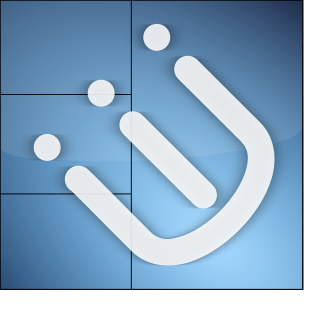More actions
m (Fix typo) |
m (Fixed a link directing to a 404 page) |
||
| Line 1: | Line 1: | ||
{{SoftwareInfobox|image=[[File:I3 window manager logo.svg|I3_window_manager_logo]]|caption=i3 logo|title=i3|releasestatus=Maintained|lastrelease=4.23, Oct 29, 2023|languages=[[C]]|developers=Michael Stapelberg|website=[https://i3wm.org/ | {{SoftwareInfobox|image=[[File:I3 window manager logo.svg|I3_window_manager_logo]]|caption=i3 logo|title=i3|releasestatus=Maintained|lastrelease=4.23, Oct 29, 2023|languages=[[C]]|developers=Michael Stapelberg|website=[https://i3wm.org/ i3wm.org]}} | ||
[[File:I3 window manager screenshot.png|thumb|Screenshot of a typical i3 session.]] | [[File:I3 window manager screenshot.png|thumb|Screenshot of a typical i3 session.]] | ||
Revision as of 23:17, 5 June 2024
 i3 logo | |
| Release Status | Maintained |
|---|---|
| Last Release | 4.23, Oct 29, 2023 |
| Language(s) | C |
| Developer(s) | Michael Stapelberg |
| Website | i3wm.org |

i3 is a dynamic tiling window manager inspired by wmii that is primarily targeted at developers and advanced users.[1] It is designed for X11 and written in C. It supports tiling, stacking, and tabbing layouts, which are handled manually. Its configuration is done through a plain text file, and i3 can be extended using its Unix domain socket and JSON-based IPC interface from various programming languages.[2]
Design
Similar to wmii, i3 employs a control system reminiscent of vi and Vim. By default, window focus is managed using the 'Mod1' key (either the Alt key or Windows key) in combination with the right-hand home row keys (Mod1+J, K, L, Semicolon). Window movement is controlled by adding the Shift key to this combination (Mod1+Shift+J, K, L, Semicolon).[3]
- ↑ i3 - An Improved Tiling Window Manager
- ↑ Stapelberg, Michael. "i3: IPC interface (interprocess communication)".
- ↑ Congleton, Nick (May, 2017). "Install and Use i3 Window Manager on Ubuntu". maketecheasier. Uqnic Network Pte.
